2019 Mahindra XUV300 petrol review, test drive
We’ve gotten our hands on the petrol avatar of the Mahindra XUV300, here’s what it’s like.
Updated on Jul 18, 2025 10:14:21 AM
59,466 Views
Follow us on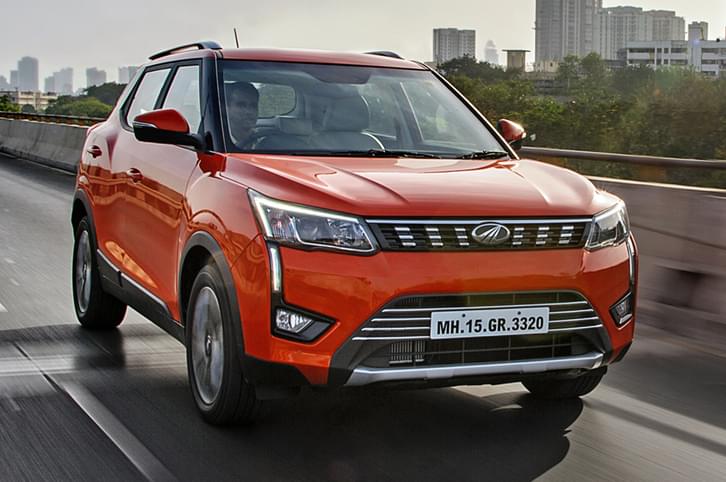
XUV300 looks good for city roads
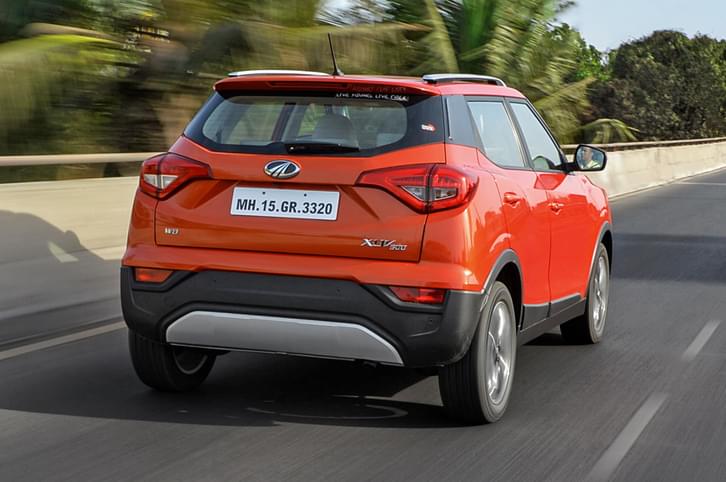
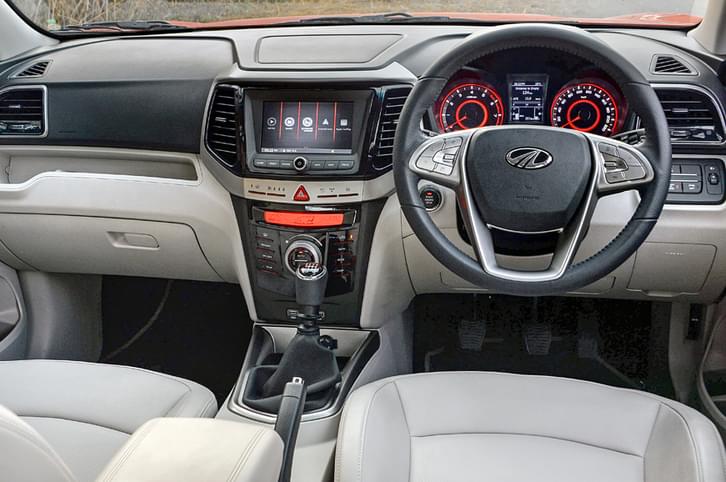
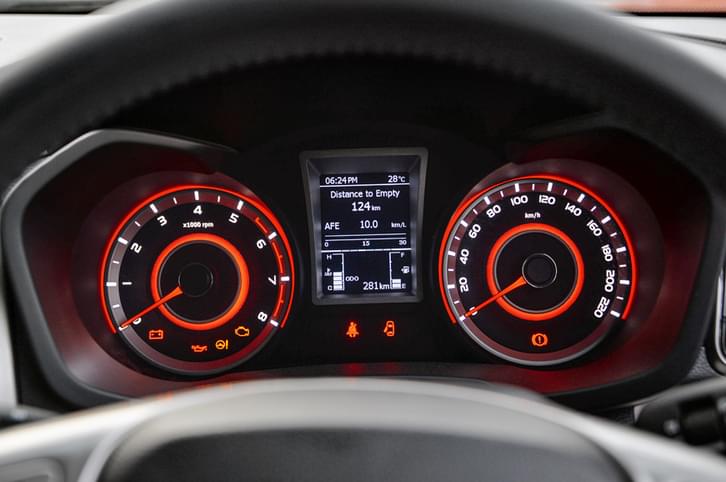
We Like
- Plush ride
- Seat comfort and space
- Easy to drive
- Value for money
We Don't Like
- Noisy diesel engine
- Some missing equipment
- Petrol AT's fuel efficiency
What is it?
Aside from the XUV300’s all-round talents, its diesel engine thoroughly impressed us by delivering very well on the performance and refinement front too; and under the hood of the Marazzo, the same engine also took home our coveted ‘Engine of the Year Award’. Thus, we were very keen to see if the XUV300’s petrol motor would live up to this high standard. The engine in question is a turbocharged version of the 1.2-litre, three-cylinder petrol unit from the KUV100, which Mahindra says has been thoroughly revised and tuned for duty under the hood of the XUV.

The all-aluminium unit puts out 110hp at 5,000rpm and a class-leading 200Nm of torque between 2,000-3,500rpm. For reference, its direct rival, the Ford EcoSport, makes 123hp and 150Nm of torque in the 1.5-litre guise, whereas the 1.0-litre turbo unit puts out 125hp and 170Nm of torque.
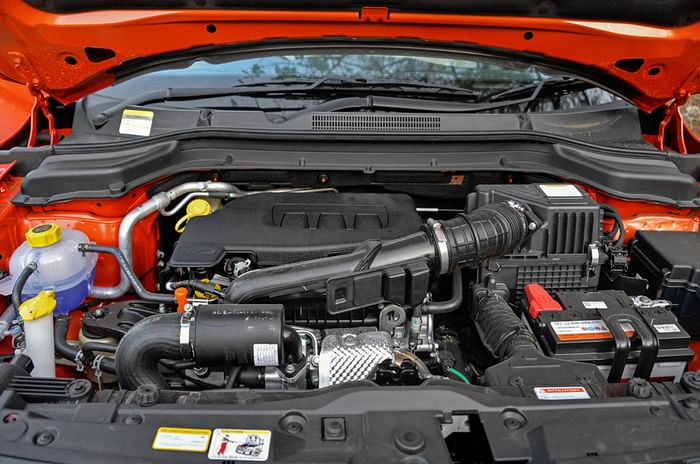
Like the diesel, the petrol XUV300 also comes mated to a 6-speed manual transmission. In all other aspects, too, the two are identical and are offered in four trims. Thus, having reviewed the diesel, we’ll only focus on the petrol engine’s performance in this test.
| Mahindra TUV300 Price, Mileage, Specifications, Features and Variants | |
|---|---|
| Brand | Mahindra |
| Model Name | TUV300 |
| Mahindra TUV300 Price | NA |
| Mahindra TUV300 Range/Mileage | Diesel : 17.33 - 18.04kpl |
| Mahindra TUV300 Specifications | SUV | 5 doors | 7 seats View All Specs |
| Mahindra TUV300 Features | Halogen headlight | 7-inch Touchscreen display | 2 airbags View All Features |
| Mahindra TUV300 Variants | T4+ | T6+ | T8 View All Variants |
| Mid-size SUVs maintenance costs (in Rupees) | |||||||||
|---|---|---|---|---|---|---|---|---|---|
| Mahindra Scorpio | Hyundai Creta | Hyundai Creta | Hyundai Creta | Kia Seltos | Kia Seltos | Kia Seltos | Renault Duster | Maruti S-Cross* | |
| Engine | 1.2 P | 1.5 D | 1.5 P | 1.5 D | 1.2 P | 1.5 D | 1.2 P | 1.5 D | 1.2 P |
| COST OF PARTS | |||||||||
| Air Filter | 437 | 350 | 358 | 358 | 358 | 360 | 318 | 318 | 470 |
| Oil Filter | 175 | 395 | 132 | 148 | 132 | 148 | 236 | 171 | 163 |
| Fuel Filter | NA | NA | 595 | 1140 | 595 | 1140 | 301 | 960 | NA |

What’s it like to drive?
It’s evident that Mahindra has done its homework with the petrol too. At idle, the engine is smooth and refined, especially considering that this is a three-cylinder unit that is inherently difficult to smoothen. The sound note can be a bit gruff, but only just, and once on the move, things get nice and smooth; on the whole, this is a refined engine. At times when the fuel cuts off on the overrun, or during throttle lift-off, it feels a bit lazy and, for a fraction of a second, the car still drives on instead of slowing down; this can catch you unaware at times.
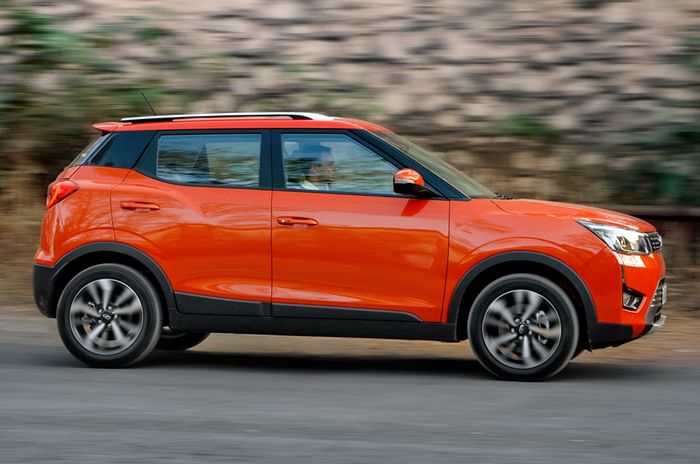
Being a turbo, there is lag. However, power builds early from about 1,700rpm, and then when the turbo kicks in at 2,200rpm, it feels like a second wind rather than turbo lag. This then makes the mid-range nice and strong, and the power delivery stays linear till about the 4,500rpm mark where it rolls off gradually into the 5,800rpm limiter. On the whole, power delivery could have been more linear but the engine can certainly be called a good one; however, the benchmark for small-capacity turbo-petrols still remains the Ford 1.0-litre EcoBoost unit.
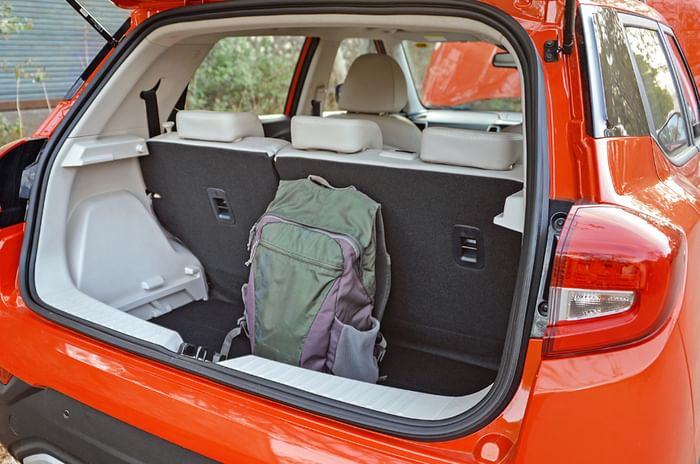
At times, keeping things smooth at low revs requires you to consciously modulate throttle and clutch. The clutch pedal effort is light though and that, along with an easy gearshift and light steering, mean the car isn’t taxing in traffic. Both, the petrol and diesel, offers the variable steering modes but don’t offer very good feedback; however, in the petrol, you will feel a bigger difference in weight between the modes.
Should I buy one?
In its diesel avatar, the XUV300 remains a very competent package. The performance is strong and refined and it also offers better efficiency to boot – ARAI figures indicate 20kpl against the 17kpl for the petrol. Also, unlike other cars, the diesel comes in at a premium of only about Rs 50,000-60,000, so it would remain our pick between the two. However, this does not mean that the petrol is without merit; its performance and refinement are also good, and if your driving is less and you want that extra bit of refinement, the petrol fits the bill. So, while it may not have the measure of the diesel, the petrol engine on the XUV300 certainly lives up to standards.
| XUV 300 Review Table Test | |
|---|---|
| Info heading | Value Heading |
| Test Heading 1 | 1 |
| Test Heading 2 | 2 |
| Test Heading 3 | 3 |
| Test Heading 4 | 4 |
| Test Heading 5 | 5 |
Also see:
2019 Mahindra XUV300 review, test drive
Mahindra XUV300 buyer's guide video
Record Rann: Mahindra XUV300 at the Rann of Kutch
Mahindra XUV300 accessories pricing revealed
Mahindra XUV300: 5 things you need to know
Several state governments are incentivising electric cars with a 100 percent waiver of road tax, and some states are also providing additional monetary subsidies. Delhi provides a subsidy of Rs 1.50 lakh to EV buyers, whereas Maharashtra is offering a Rs 1 lakh rebate to the first 10,000 EV buyers. In addition, owners can also avail of a Rs 1.50 lakh benefit on the interest on a loan taken for the purchase of EVs under Income Tax section 80EEB. FAME subsidies, however, aren’t applicable on the Nexon EV as those are for commercial vehicles only, and Tata has restricted the sale of the Nexon EV to private users for the time being.
The second aspect is the running costs. While the per-unit cost of electricity differs across service providers and household consumption slabs, even at a fairly high Rs 8 per unit, it takes roughly 30 units to charge the EV’s 30.2kWh battery using a 15-ampere wall socket. So a charge from 0-100 percent will cost approximately Rs 240, resulting in a cost of roughly Rs 1.2-1.5 per km, which is nearly a fourth of what diesel compact SUV owners would spend on fuel.
Tata provides a 3.3kWh portable charger with every Nexon EV. This charger can be used with any 15 ampere AC charging socket and it will replenish the battery’s charge from 20 to100 percent in around nine hours, roughly 10 percent every hour. Using one of the few DC fast chargers, its battery can be recharged up to 80 percent in approximately one hour. As is the case with any lithium-ion battery, the last 10 percent, irrespective of whether you’re using an AC or DC charger, is the slowest to recharge, in an attempt to preserve the battery’s life.
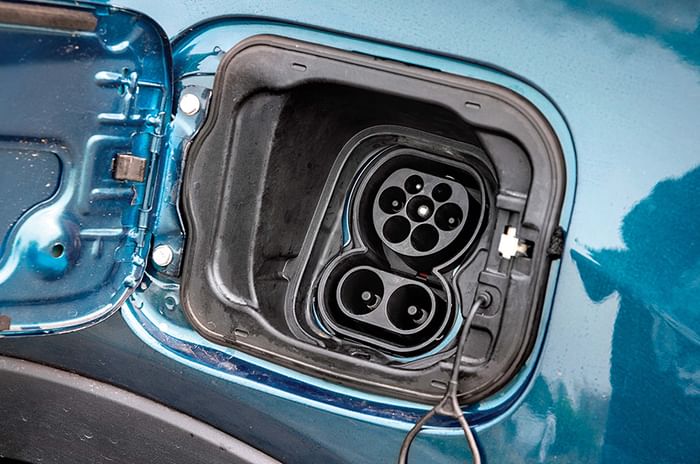
As an introductory offer, Nexon EV users can avail of charging facilities (including fast charging) at all the Tata Power locations listed in the ‘Tata Power EZ Charge’ mobile application, free of charge.
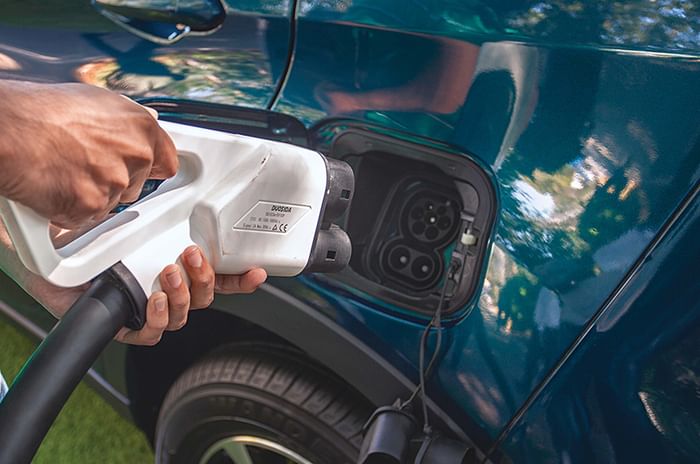
The Tata Nexon EV’s ARAI-certified range stands at 312km on a single charge, which is calculated using fixed parameters under urban driving conditions. In our tests, it achieved 208km in a mixed city-highway driving cycle. A higher degree of regeneration while driving in the city resulted in an urban range of 216km, whereas on freer roads with the motor constantly working with less regeneration, the highway range stood at 201km on a full charge.

It must be noted that there is no regeneration between 100-95 percent charge levels, so the fall in range will be the quickest here, and once the charge falls below 15 percent, the motor’s torque diminishes and the air-con stops functioning in an effort to maximise range.
To quickly adapt to an EV-friendly driving style, users would do well to keep an eye on the MID, which features a graphical representation of the driving pattern based on acceleration and deceleration. The objective is to achieve a smooth graph, and what this eventually does is encourage you to drive in a more measured, range-enhancing manner.
cvfbnsdf
asdf
wsadSZ
cdvfb
Copyright (c) Autocar India. All rights reserved.


.png?w=735&h=415&q=85)
.png?w=735&h=415&q=85)
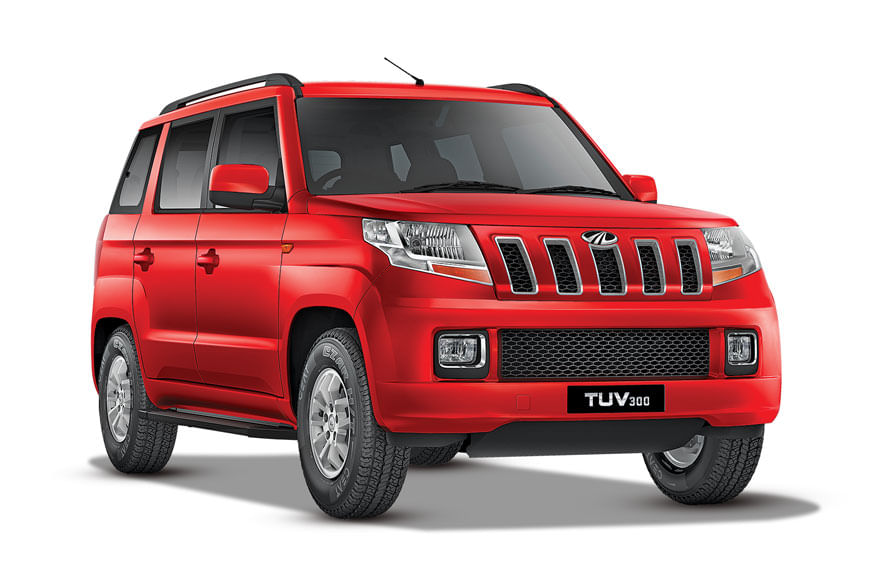

Comments
Member Login
Personal Details
Swapnil Kamane - 1377 days ago
test3
Swapnil Kamane - 1377 days ago
good